Details
Non-Surgical Knee Pain Treatment for Better Joint Function
Knee pain is one of the most common joint conditions, affecting people of all ages and lifestyles. From minor discomfort to chronic pain, it can significantly impact daily movement and quality of life. At Pixel Clinic, we offer science-based, non-surgical treatments to reduce pain, improve flexibility, and restore function.
Why Choose Pixel Clinic for Knee Pain Treatment?
The knee is the body’s largest joint and plays a key role in movement and stability. Knee pain can occur due to injuries, aging, overuse, or underlying conditions like arthritis. At Pixel Clinic, our medical team uses advanced techniques to relieve pain, strengthen surrounding muscles, and enhance recovery safely and effectively.
Causes of Knee Pain
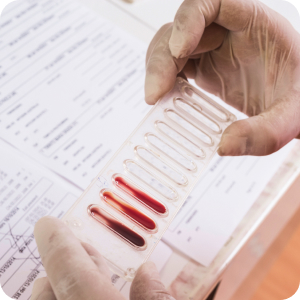
Genetics
Medical conditions like osteoarthritis can be hereditary, increasing your risk of joint inflammation and knee pain over time.
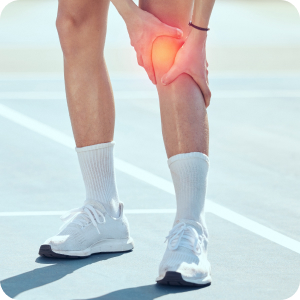
Injuries
Sports injuries, accidents, or muscle strain can damage cartilage, ligaments, or tendons, leading to acute or chronic pain and stiffness.
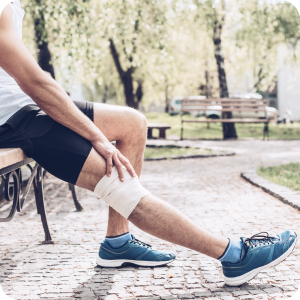
Excessive Usage
Athletes and active individuals often experience knee pain caused by repetitive movement, overexertion, or poor form during physical activity.

Obesity
Excess body weight pressurizes the knee joint, causing inflammation and knee pain.

Medical Conditions
Joint-related medical conditions like gout, osteoarthritis, and rheumatoid arthritis can cause knee pain as well.
Symptoms of Knee Pain
- Clicking & Popping Sounds upon joint movement
- Reduced flexibility and swelling around the joint
- Limited and unstable movement when bending or standing
- Stiffness or warmth around the knee area
Treatment Options
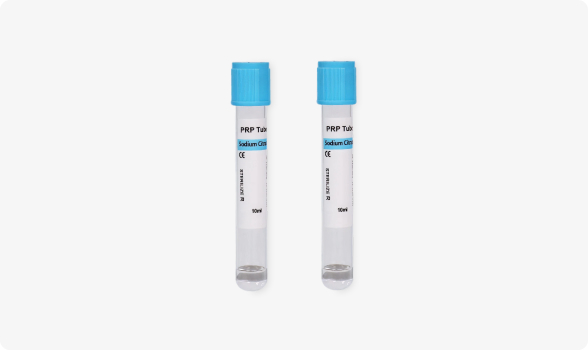
Platelet-Rich Plasma (PRP)
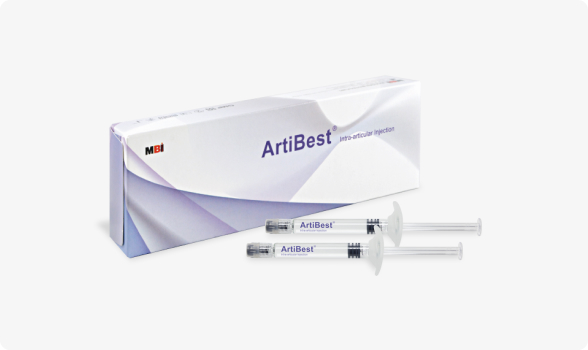
Hyaluronic Acid
Frequently Asked Questions (FAQ)
View more about Knee Pain Treatment on main site

